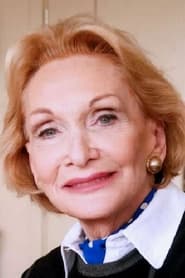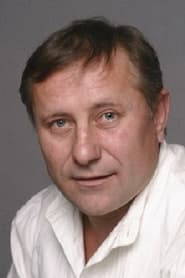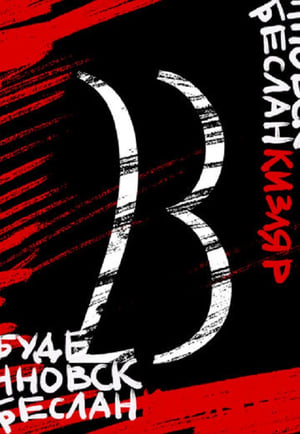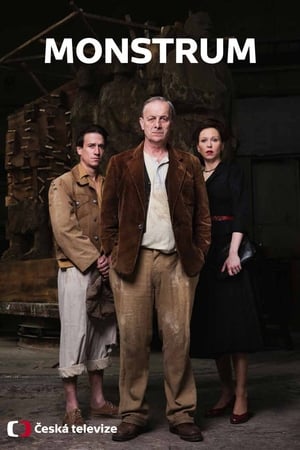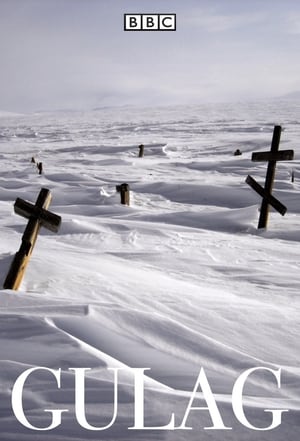
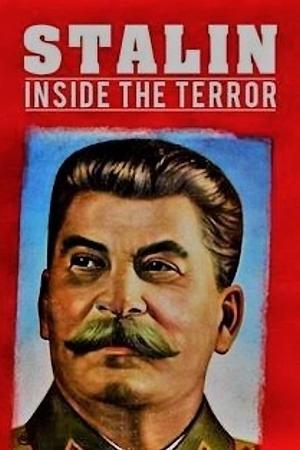
Stalin: Inside the Terror(2003)
an intimate portrait of the greatest monster of the 20th century
This program is an overview of the life and career of Joseph Stalin. It concentrates on describing and attempting to explain the origins of the policy of “terror” instigated by Stalin as leader of the USSR. There are interviews with surviving family members and experts all of whom attempt some sort of personality “analysis” of the dictator to explain his behaviour and policies. Another question that is examined is, given his record of “terror”, why was he so popular? Why did so many Russians mourn his death in 1953? This could be an overview and introduction to a study of both Stalin and USSR in the post revolution period.

Movie: Stalin: Inside the Terror
Top 5 Billed Cast
Herself
Polina Molotov
Himself

Stalin: Inside the Terror
HomePage
Overview
This program is an overview of the life and career of Joseph Stalin. It concentrates on describing and attempting to explain the origins of the policy of “terror” instigated by Stalin as leader of the USSR. There are interviews with surviving family members and experts all of whom attempt some sort of personality “analysis” of the dictator to explain his behaviour and policies. Another question that is examined is, given his record of “terror”, why was he so popular? Why did so many Russians mourn his death in 1953? This could be an overview and introduction to a study of both Stalin and USSR in the post revolution period.
Release Date
2003-01-08
Average
6.3
Rating:
3.1 startsTagline
an intimate portrait of the greatest monster of the 20th century
Genres
Languages:
EnglishPусскийKeywords
Recommendations Movies
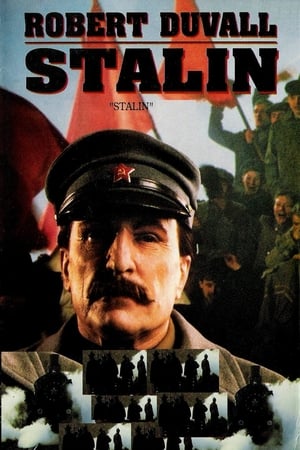 5.1
5.1Stalin(en)
The life and career of the brutal Soviet dictator, Josef Stalin.
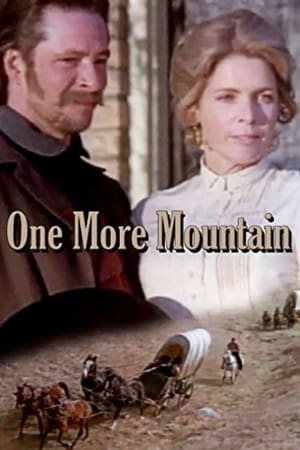 5.3
5.3One More Mountain(en)
Margaret Reed, a wealthy and proud woman of Chicago unwillingly finds herself a member of the Donner party - a group of pioneers making their way to California by covered wagon in the summer of 1846. One by one the odds begin to stack against Margaret and her family as precious days slip away and an early winter storm closes the passes through the Sierra Nevada mountain range. Trapped without adequate food and supplies, Margaret struggles to keep her family alive.
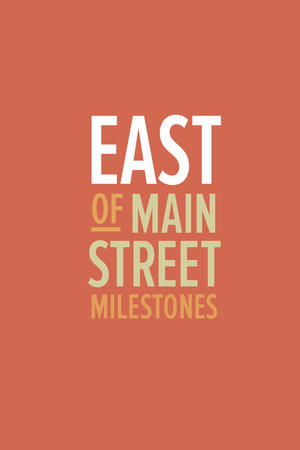 5.7
5.7East of Main Street: Milestones(en)
The Venice Hongwanji Buddhist Temple had an opportunity to take part in an episode of East of Main Street, an HBO documentary series that has been produced for the past three years to celebrate Asian Pacific American Heritage Month. This year’s episode, Milestones, focuses on how different groups of Asian Americans mark the milestones throughout their lives.
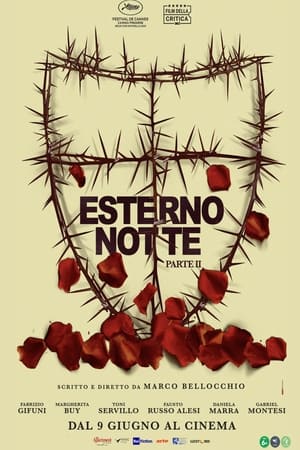 7.9
7.9Esterno Notte (part II)(it)
The 1978 kidnapping and assassination of former Italian Prime Minister Aldo Moro by Red Brigades terrorists
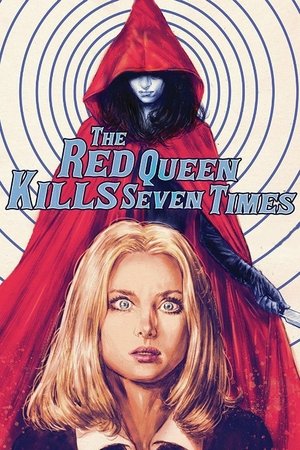 6.7
6.7The Red Queen Kills Seven Times(it)
After the death of their grandfather, two sisters inherit their family castle, which is said to be haunted by the Red Queen, whom legend says claims seven lives every hundred years. When a mysterious woman in a red cloak starts targeting their circle of friends, the sisters begin to suspect there might be some truth to the legend.
 5.9
5.9Maine Pyar Kiya(hi)
After Suman's father leaves her in the care of another family while he travels abroad, she falls in love with Prem. However, in order to for them to marry, Prem has to prove to Suman's father that he is not the same as his own dad.
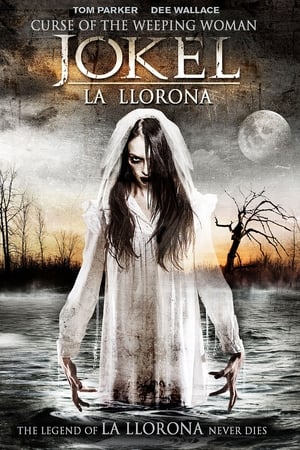 4.7
4.7Curse of the Weeping Woman: J-ok'el(es)
An unworldly and closed-minded American travels to a small village in exotic Chiapas, Mexico; at the behest of his estranged mother when his half-sister disappears during a local epidemic of kidnappings attributed to the legendary J-ok'el, the weeping woman, who drowned her own babies, centuries ago and whose spirit has returned to claim more children as her own.
 5.7
5.7Divers at Work on the Wreck of the "Maine"(fr)
Divers go to work on a wrecked ship (the battleship Maine that was blown up in Havana harbour during the Spanish-American War), surrounded by curiously disproportionate fish.
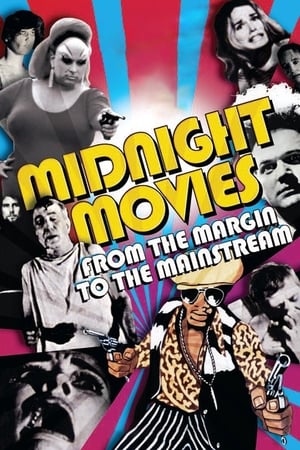 6.3
6.3Midnight Movies: From the Margin to the Mainstream(en)
From 1970-1977, six low budget films shown at midnight transformed the way we make and watch films.
Hannibal(ru)
A film about the Yakut rock musician Gavril Kolesov - Hannibal.
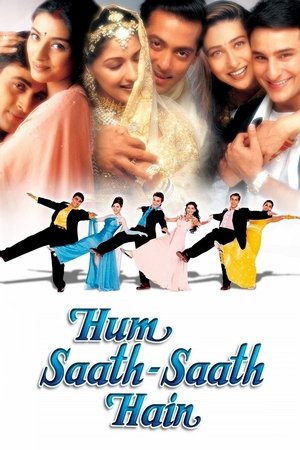 6.0
6.0Hum Saath Saath Hain(hi)
A wealthy businessman's traditional family celebrate their togetherness when his three sons get married, but slowly find themselves growing apart after a misunderstanding.
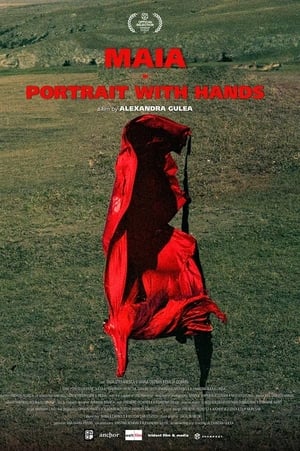 6.6
6.6Maia – Portrait with Hands(ro)
The Aromanians (Rrãmãnji) are an ethnic group found mainly in today’s Albania, Greece, Bulgaria and Romania. For filmmaker Alexandra Gulea, this question of heritage is connected to the name she shares with her grandmother, who was born into a traditional Aromanian life, and is fluent only in an Aromanian language. The older Alexandra's father suffered a violent death in an uprising for his people's rights, which forced the family out of Greece and into a politically treacherous Balkan landscape deep in the throes of nationalist upheavals, until finally, they found a home in Romania.
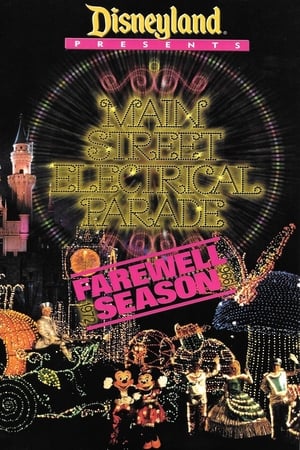 5.4
5.4Disney Presents: Main Street Electrical Parade - Farewell Season(en)
Catch the spark after dark at Disneyland Park. And say farewell to one of the Magic Kingdom's most celebrated traditions - The Main Street Electrical Parade. Where else, but in The Main Street Electrical Parade, could you see an illuminated 40-foot-long fire-breathing dragon? And hear the energy of its legendary melody one last time? It's unforgettable after-dark magic that will glow in your heart long after the last float has disappeared.
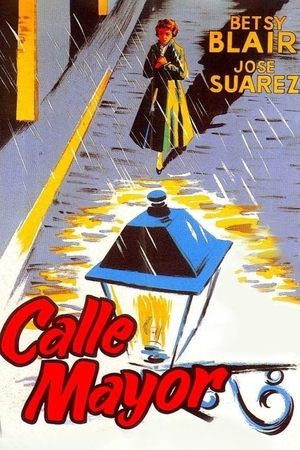 6.2
6.2Main Street(es)
A small town in Spain, October 1955. Isabel, a 35-year-old dreamer who feels like a failure because she is not married yet, becomes the new target of a group of soulless pranksters.
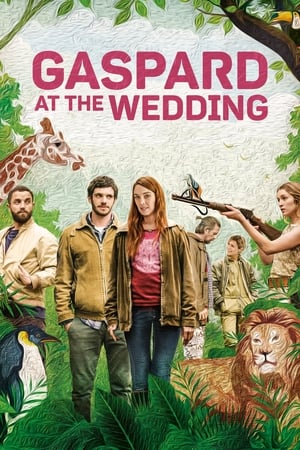 6.0
6.0Gaspard at the Wedding(fr)
After keeping a careful distance for many years, 25-year-old Gaspard must renew contact with his family when his father remarries. Accompanied by Laura, an eccentric young woman who agrees to pretend she's his girlfriend at the wedding, he finally feels ready to set foot in the zoo owned by his parents, where he is reunited with the monkeys and tigers he grew up with... But with a father who is an out-of-control womanizer, a brother who is far too sensible, and a sister who is far too beautiful, he unknowingly sets himself up to experience the last days of his childhood.
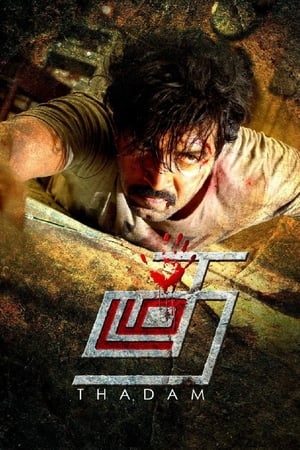 7.1
7.1Thadam(ta)
The murder of a youngster creates confusion among a few cops when they find out that the one accused in the crime has a look-alike!
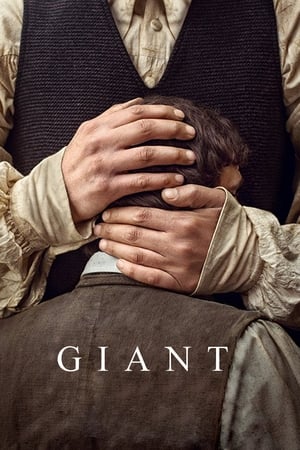 6.6
6.6The Giant(eu)
Having fought in the First Carlist War, Martin returns to his family farm in Gipuzkoa only to find that his younger brother, Joaquín, towers over him in height. Convinced that everyone will want to pay to see the tallest man on Earth, the siblings set out on a long trip all over Europe, during which ambition, money and fame will forever change the family’s fate. A story based on true events.
Similar Movies
 0.0
0.0Cannibal Island(fr)
A disturbing chapter in Russian history is explored in this documentary. In 1933, Joseph Stalin sent 6000 "unwanted" citizens of Moscow and Leningrad to a desolate Siberian island - with no food or clothes to speak of. Decades later this documentary returns to the island.
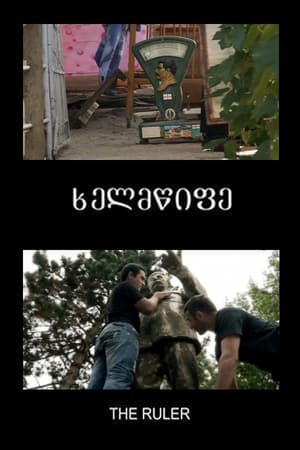 0.0
0.0The Ruler(en)
Stalin’s statue in the garden of a nunnery provokes discussion – plenty of it – in a small Georgian village. Some of the locals used to know Stalin personally because he visited the village several times when he was young, and they continue to see him as a benign ruler from the good old days rather than the brutal dictator he was. Whenever an episode of purge shook the Soviet Union’s republics, they hid the statue in the woods. The church also plays an important role in people’s lives. All in all, the film reveals a fundamental conflict in Georgian society.
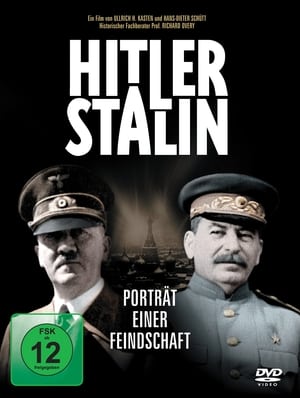 7.3
7.3Hitler & Stalin: Portrait of Hostility(de)
A double portrait of two dictators who were thousands of miles apart but were constantly fixated on each other.
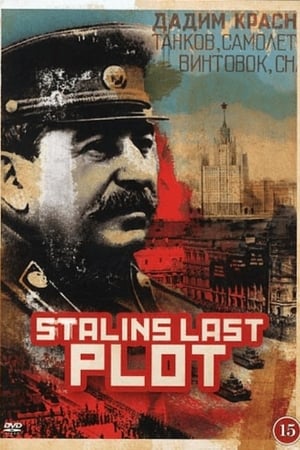 8.0
8.0Stalin's Last Plot(fr)
January 1953: On the eve of his death Stalin finds himself yet another imaginary enemy: Jewish doctors. He organizes the most violent anti-Semitic campaign ever launched in the USSR, by fabricating the "Doctors' Plot," whereby doctors are charged with conspiring to murder the highest dignitaries of the Soviet Regime. Still unknown and untold, this conspiracy underlines the climax of a political scheme successfully masterminded by Stalin to turn the Jews into the new enemies of the people. It reveals his extreme paranoia and his compulsion to manipulate those around him. The children and friends of the main victims recount for the first time their experience and their distress related to these nightmarish events.
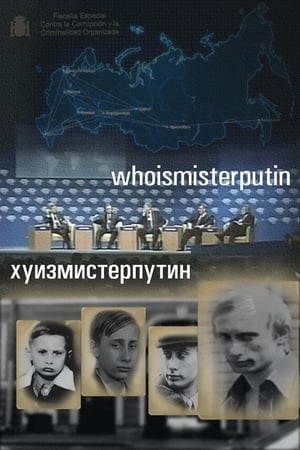 7.7
7.7Who Is Mister Putin(ru)
Based on investigations by independent journalists, the film documents the origins of Russian President Vladimir Putin’s private wealth and subsequent rise to power, demonstrating his ascension to the Russian presidency after an alliance built in the early 1990s between himself, certain friends from Leningrad’s KGB, and mafia groups.
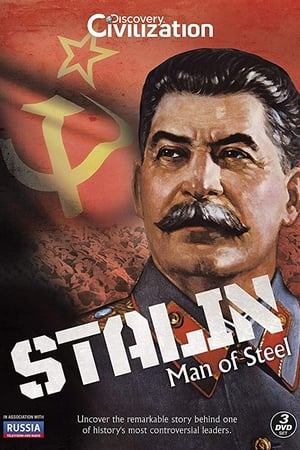 0.0
0.0Stalin: Man of Steel(en)
Emmy Awards nominee for "Outstanding Individual Achievement in a Craft: Research: Multi-faceted portrait of the man who succeeded Lenin as the head of the Soviet Union. With a captivating blend of period documents, newly-released information, newsreel and archival footage and interviews with experts, the program examines his rise to power, deconstructs the cult of personality that helped him maintain an iron grip over his vast empire, and analyzes the policies he introduced, including the deadly expansion of the notorious gulags where he banished so many of his countrymen to certain death.
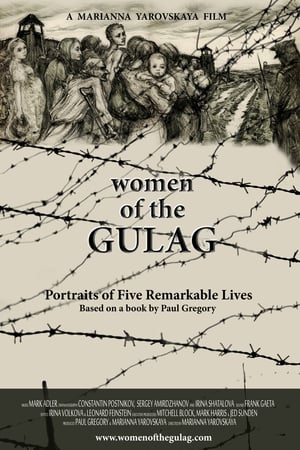 6.3
6.3Women of the Gulag(ru)
Through unique and candid interviews the film tells the compelling and tragic stories of the six women – last survivors of the Gulag, the brutal system of repression and terror that devastated the Soviet population during the regime of Stalin.
 8.2
8.2The Hitler–Stalin Pact(fr)
How could Hitler and Stalin, sworn ideological enemies, come to a secret pact in 1939? The captivating and detailed story of the diplomatic fiasco that led to the signing of the Nazi-Soviet pact and its devastating consequences.
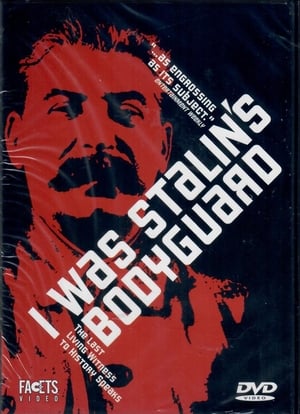 4.2
4.2I Was Stalin's Bodyguard(ru)
This controversial documentary created a storm in Russia by taking the cloak off a violent, repressive period of Soviet history. Filmmaker Semyon Aranovich found the last surviving personal bodyguard of Joseph Stalin, Alexey Robin, who began working for the dictator in the 1930s.
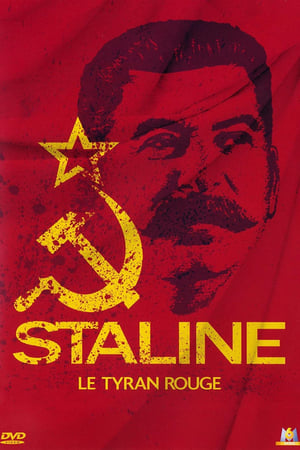 6.3
6.3Stalin, the Red Tyrant(fr)
On March 9, 1953, Joseph Stalin was buried in Moscow in front of a million people. His funeral is that of a demi-God. Ultimate paradox for one of the greatest criminals in History who brought misfortune to his people while arousing collective admiration.
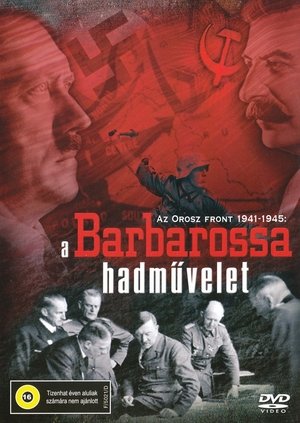 0.0
0.0Barbarossa: Hitler Turns East(hu)
Hitler's invasion of Russia was one of the landmark events of World War II. This documentary reveals the lead-up to the offensive, its impact on the war and the brinksmanship that resulted from the battle for Moscow. Rare footage from both German and Russian archives and detailed maps illustrate the conflict, while award-winning historian and author John Erickson provides insight into the pivotal maneuvers on the eastern front.
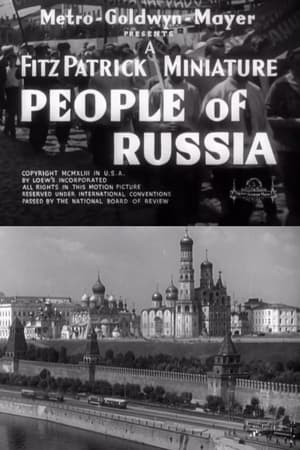 0.0
0.0People of Russia(en)
This FitzPatrick Miniature visits the Union of Soviet Socialist Republics (USSR), the largest geographically unbroken political unit in the world, covering one-sixth of the world's land mass.
Song of Heroes(ru)
The building of blast furnaces Magnitogorsk and the Kubas Basin by Komsomol, the Communist Union of youth, as part of Stalin’s first five-year plan.
Silent Displacement – The Unknown Deportation of Ingria(sv)
"It Happened in Ingermanland" - about a forgotten people's displacement that took place during the Stalin's reign of terror in the Soviet Union. During the WW2, when the Nazi army arrived in the area of St. Peterburg/Leningrad about 63 000 Ingermanlanders was deported to Finland. In 1946 Stalin wanted them back for his work camps. About 5 000 fled to Sweden and settled there.
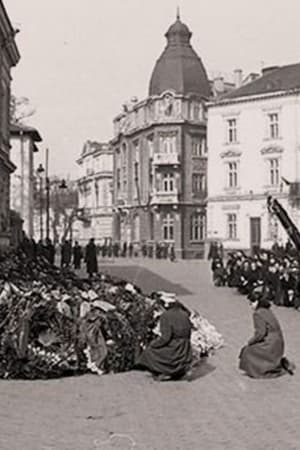 0.0
0.0The Last Freedom of Georgy Konstantinov(bg)
A film about the dramatic and extraordinary fate of the lonely man who confronted the meat grinder of the communist regime. Georgy Konstantinov, 19 years old, blew up Stalin's monument in Sofia and death passed him by only because the dictator died two days later. He miraculously survived 10 years in prison and psychiatric wards and managed to escape to France. His State Security file numbers more than 40,000 pages. Even today, he does not cease to expose the crimes of the regime with the strength of truth and of his character.
Anna Akhmatova (1889-1966) - Muse of Keening(en)
A short film by Barry Lowe and Dino Mahoney, starring Pauline Burton as Anna. The film is an introduction to the great Soviet era modernist poet, Anna Akhmatova; shot in winter in Saint Petersburg (Leningrad), it contains rare interviews with people who knew her, academics, and dramatized readings of some of her poems.
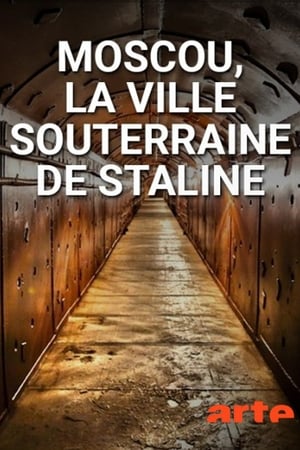 6.0
6.0Geheimes Russland: Moskaus Unterwelten(de)
What lies hidden beneath Moscow? Subway palaces full of Soviet propaganda, Stalin's magnificent bunkers, centuries-old river systems. For decades, there have been repeated clues, cryptic statements and hints about Moscow's underground. The cinematic search for clues shows Stalin's command bunker and the government object GO-42, a headquarters of the Soviet military during the Cuban Missile Crisis in 1962. A residential house with potted plants and curtains was built over GO-42 as camouflage. Until the end of the Cold War, specially trained soldiers took care of the bourgeois residential charm and turned on the lights in the evening while 2,000 people threatened the world around the clock with intercontinental missiles. The documentary also shows encounters with the illegal explorers of these complex transportation and housing systems, the Diggers.
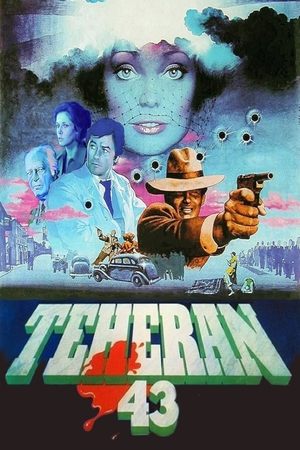 6.2
6.2Teheran '43(ru)
This story starts in 1980 in Paris as the memories of Andrei Borodin, a Soviet agent, take the action back to 1943 during the Teheran meetings of Stalin, Roosevelt and Churchill. A high-ranking Nazi officer developed a plan to assassinate the three world leaders in order to undermine the Allied forces. He commissioned the German agent Max Richard to carry out his plan, but it failed miserably due to the quick action and thinking of Andrei. While in Teheran, Andrei met a French woman, Marie Louni, living in the city and they had a brief but intense affair. Nearly four decades later, the Nazi officer has been captured - but not for long. Freed by terrorists, the officer is hunting down the German agent who failed to carry out the planned assassinations. Max lives at Françoise, a young French woman, who hides him.
